Hello reader! Welcome to the series of dog breeds by Kaivalaya’s Ani-Mall. In our previous post, we introduced Afghan hound to you. In this post, we will give a brief account of the ancient origins of the Afghan hound.
Do you know that there were once thirteen different strains of Afghan hound? All are known by different names and belonged to different regions of Afghanistan and adjoining lands. This and many more interesting facts are here about Afghan hound so enjoy.
Origin of Afghan Hound
The origin of this breed doesn’t need a thorough explanation. It’s in the name of the dog breed Afghan hound. This breed originated in Afghanistan, but the exact breed standards are very new and the breed is ancient at least a couple of thousand years old.
That said does not imply that a dog with exactly similar features of an Afghan hound had been lurking in the region of modern Afghanistan and adjacent lands of north Pakistan and northwestern China.
To understand the origin of Afghan hound we have to look in to some of the old treasure of wisdom (which are referred as non-scientific breed books and non-scientific breed websites by some web) written down by the ancient people living in the land of origin of Afghan hound and have to see from their perspective the evolution process of the Afghan hound.
Different variations of the Afghan hound
In the region of their origin, Afghan hound is known by many names. Most widely Afghan hound is called Tazi in the Pashto language. Other than Tazi, Sag-e-Tazi is the most common name of Afghan hound called in the Persian language.
Other than these two names, Afghan hound is known in the region of its origin by many other names. Some of those names are;
- Balkh hound.
- Baluchi hound.
- Kabul hound.
- Barakzai hound.
- Galanday hound.
- Shalgar hound.
- Kuchi hound.
- Tazhi spay.
- Da Kochiyano spay.
- Sage Balochi.
- Eastern Greyhound.
- Ogar Afghan.
- Persian hound.
An exercise to remember but this is an interesting information.
There is a slight variation in the dogs hailing from different pockets of the region depending upon various physical factors and breeding patterns and practices. To the native people, more than 10 different variations of Afghan hound are known and recognized. But the modern scientific books and modern scientific websites (as documented somewhere) don’t recognize this traditional knowledge.
Causes of variation in Afghan hound
On the basis of modern genetic research Afghan hound is most closely related to Saluki. The modern scientific study has recognized the Afghan hound as the ‘Basal Breed’.
We need to understand the term ‘Basal Breed’ in detail but it will increase this text unnecessarily, so we will take up this topic in our upcoming posts.
The area to which Afghan hound is native is so widespread that exact features would have been impossible to preserve. Adding to this in different pockets different features of the native breeds were preferred. After hundreds of years of selective breeding, more than ten different strands of Afghan hound were developed by different native tribes of Afghanistan. It has been reported that at least thirteen different native variations of Afghan hound are recognized by local people. But all those sub-breeds are not recognized by any of reputed kennel clubs.
Here I would like to conclude this post but the work has not been completed yet. There are several topics remaining as we proceed with the breed description and move ahead in the series of dog breeds by Kaivalaya’s Ani-Mall.
So, it’s a Goodbye for now.If you like our work at; Kaivalaya’s Ani-Mall please like and subscribe our blog.We are also open to any suggestion from our readers to improve our works.Thank you so much for visiting Kaivalaya’s Ani-Mall.


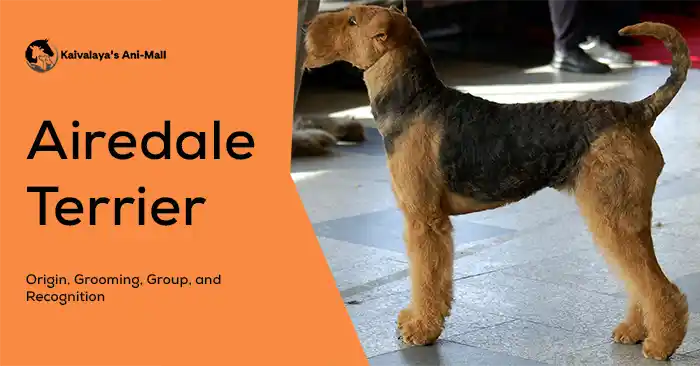
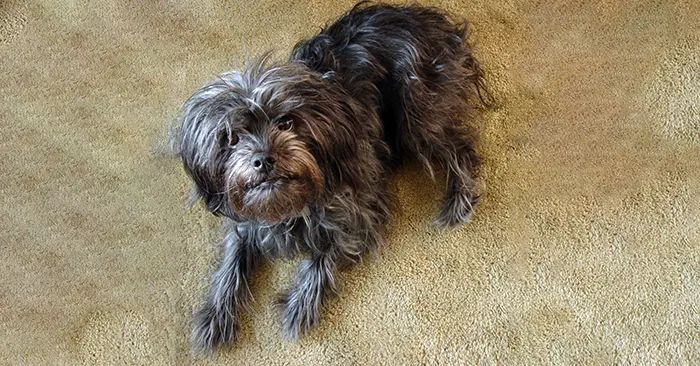
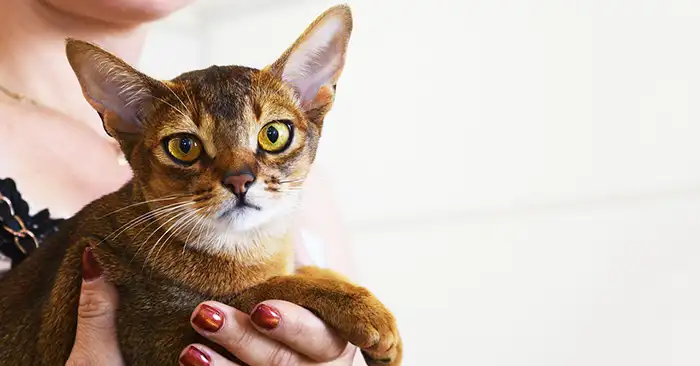
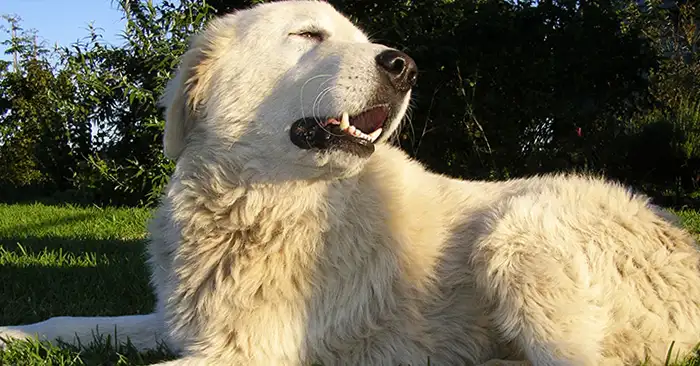
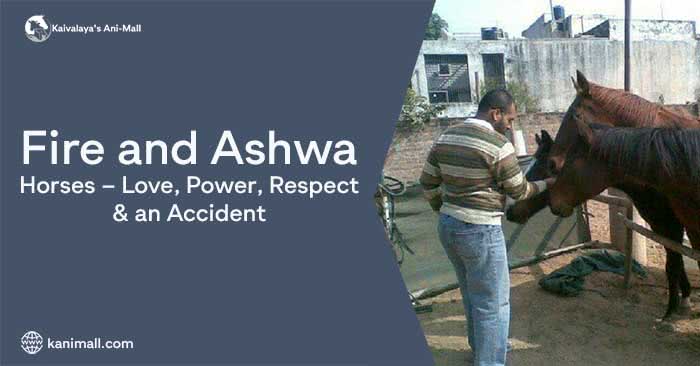

It抯 really a great and useful piece of information. I抦 glad that you shared this useful info with us. Please keep us informed like this. Thanks for sharing.